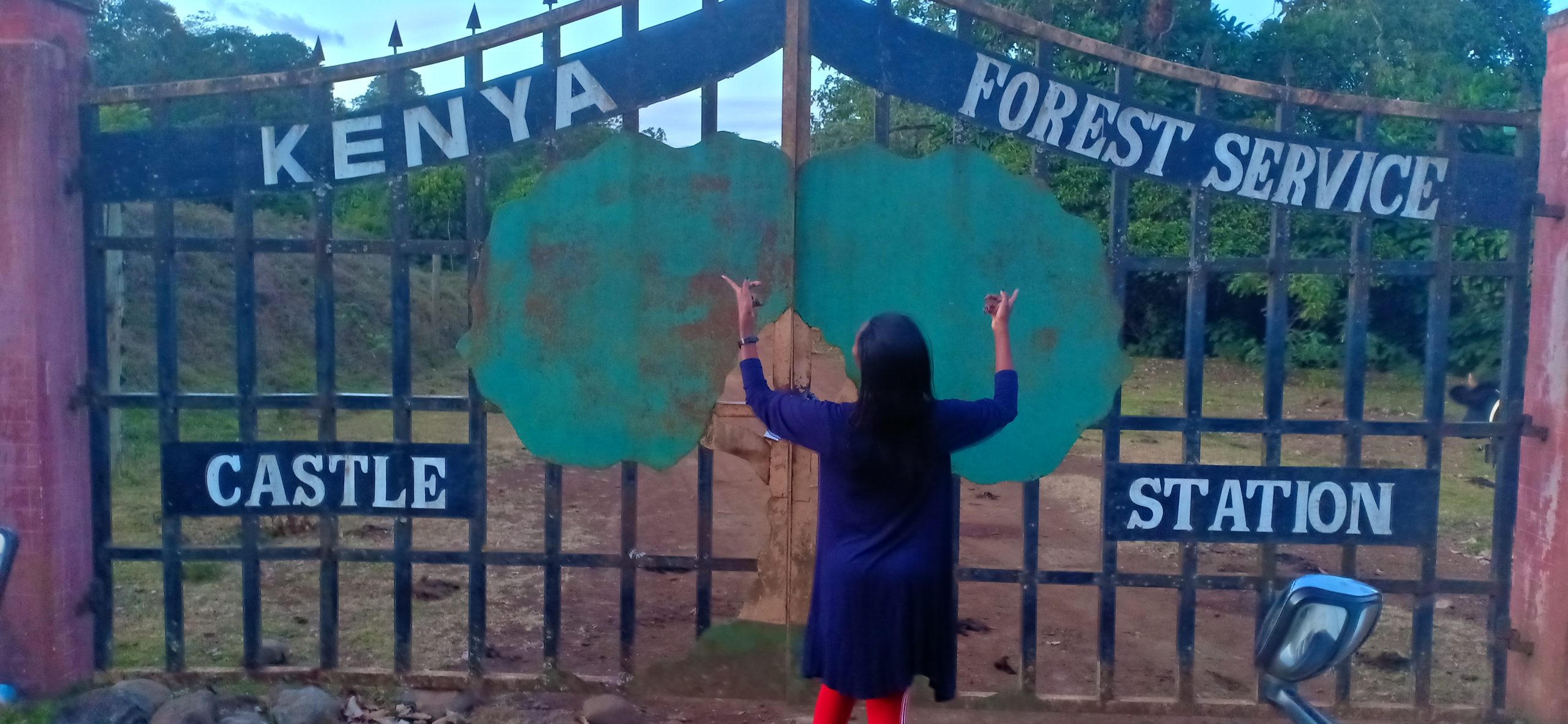County number 47, is Nairobi. Kenya’s Capital city that derived her name from the Maasai word Enkare Nyirobi meaning a place of cool waters. These used to be a swampy place. The swamps can easily be seen from the...
County number 47, is Nairobi. Kenya’s Capital city that derived her name from the Maasai word Enkare Nyirobi meaning a place of cool waters. These used to be a swampy place. The swamps can easily be seen from the rooftop of KICC, at the central park and also at the Nairobi National park. A half-day Nairobi city tour takes about three to four hours. Our tour was curated by Jean Chinku of Nairobi on Foot initiative.
Nairobi came into existence in 1895 to 1905; it served as the British provincial capital. In 1905, the town became the capital city of the British East Africa Protectorate. The city has metamorphosed into a vibrant business hub for East Africa. It’s Sunday and the city is at her best, silent deserted streets making it the best day to tour this city in the Sun. On a normal day, the hustles and bushels of the city can be easily noted, the streets are a buzz with human and motor traffic making it quite difficult to navigate a Nairobi city walking tour.

We begin our tour at the Kenya comfort hotel and make our way to Jevanjee Gardens one of Nairobi’s green spaces. This garden has lots of pre, during and post-colonial history. It’s one of Kenya’s iconic spaces. Jevanjee garden was donated by Alibhai Mulla Jevanjee an Asian businessman who lived in Kenya, his monument can also be seen at the park.
 Photo credit: This is how it looked…
Photo credit: This is how it looked…
 The monument as it is today!
The monument as it is today!
We encounter a few people coming through for some leisure and worship meetings as its Sunday. It’s a beautiful space, filled with trees, sitting benches and a few sculpture artworks displayed at the Garden. The first agricultural show was held here.

Today the park is managed by the friends of Jevanjee Garden and the City Council of Nairobi. The main streets of Muindi Mbingu through downtown Nairobi to parklands were reserved for the Asian community, during the colonial period who own most of the businesses and stay within these areas till today. The garden also had a statue the Empress of Indian Queen Victoria.

From Jevanjee Garden we walk to the City Market that Jevanjee helped build. It is among the first stone buildings in the city. Our guide Jeen Chinku who is quite informed of the city’s history was happy to narrate the various aspects and narratives of past and present Nairobi.
 Bazaar Street that’s today Biashara Street
Bazaar Street that’s today Biashara Street
Biashara Street: The Street was initially called bazaar street. Biashara is a Swahili word for business. Buildings here date way back to 1930s and are predominately owned by the Indians. Although a few tall buildings are coming up, several old and historic buildings still stand to date. On this street, you will find shops that sell all kinds of cloth materials and baby clothes. It’s synonymous with news baby needs. Sort of like a one-stop shopping area.
 Photo Credit
Photo Credit
Koja Mosque: Completed in 1922, the building was put up to demonstrate the existence of the Ismaili Community in East Africa. It’s one of Kenya’s gazetted historical site and monument.

Macmillan Memorial Library: This building has an aura of excellence, beauty, heritage and iconic. Situated along Banda street, the Macmillan library stands out with its British design. The building was built by Lady Lucy Macmillan in memory of her husband who died in 1925.
It is said he reared lions and the two lions at the front of the building ware in honour of his hobby. It is a protected building by an act of parliament meaning it cannot be alternated in any form or design.
Kenyatta Avenue is host to lots of heritage, iconic buildings and monuments. It has several first’s for Kenyan and Nairobi as a city.
These include Kipande house that was opened in 1935 and was used to issue identity passes to Africans. Kipande means an identity card.

Other iconic buildings include Pan African building, Westminster house, the standard building, the Stanley hotel, world war memorial monument that all have a story to tell of historic Nairobi.
 Carrier Cops
Carrier Cops

Nairobi Military Stone: The Lionel Galton Fenzi Monument
It is at this point that all distances to and from Nairobi are measured. The next time you are the central business district, check it out, it is the genesis of motor navigation in this country.


Nyayo Monument: Located at the central park at the intersection of the Kenyatta Avenue and Uhuru Highway is the Nyayo monument. It was built in 1988 to commemorate ten years in power of former President Moi.

Finally, our Nairobi half-day City tour ends at Uhuru Park viewpoint. Uhuru Park is Kenya’s historic ground where politics, political revolutions and events have taken place. Things to do include, boat and horse riding with a spectacular backdrop the city. From the viewpoint, one has a spectacular view of Nairobi’s city.

Learn some more history at the Mau Mau Monument.
 Memorial Sculpture in honour of Kenya Land and Freedom Army (Mau Mau
Memorial Sculpture in honour of Kenya Land and Freedom Army (Mau Mau
Kenyatalii’s Verdict: Nairobi is a city we assume yet it’s got lots of affordable things to do. Sundays will offer you a good and relaxed time to tour the city. Let’s explore Nairobi more!
 Happy Nairobians!
Happy Nairobians!
The tour took us about four hours, however, the full tour of the city would take you about six to seven hours. Please note this is a walking tour hence comfortable clothing and walking shoes are recommended.
The post Half Day-Nairobi City Tour appeared first on Kenyatalii.











